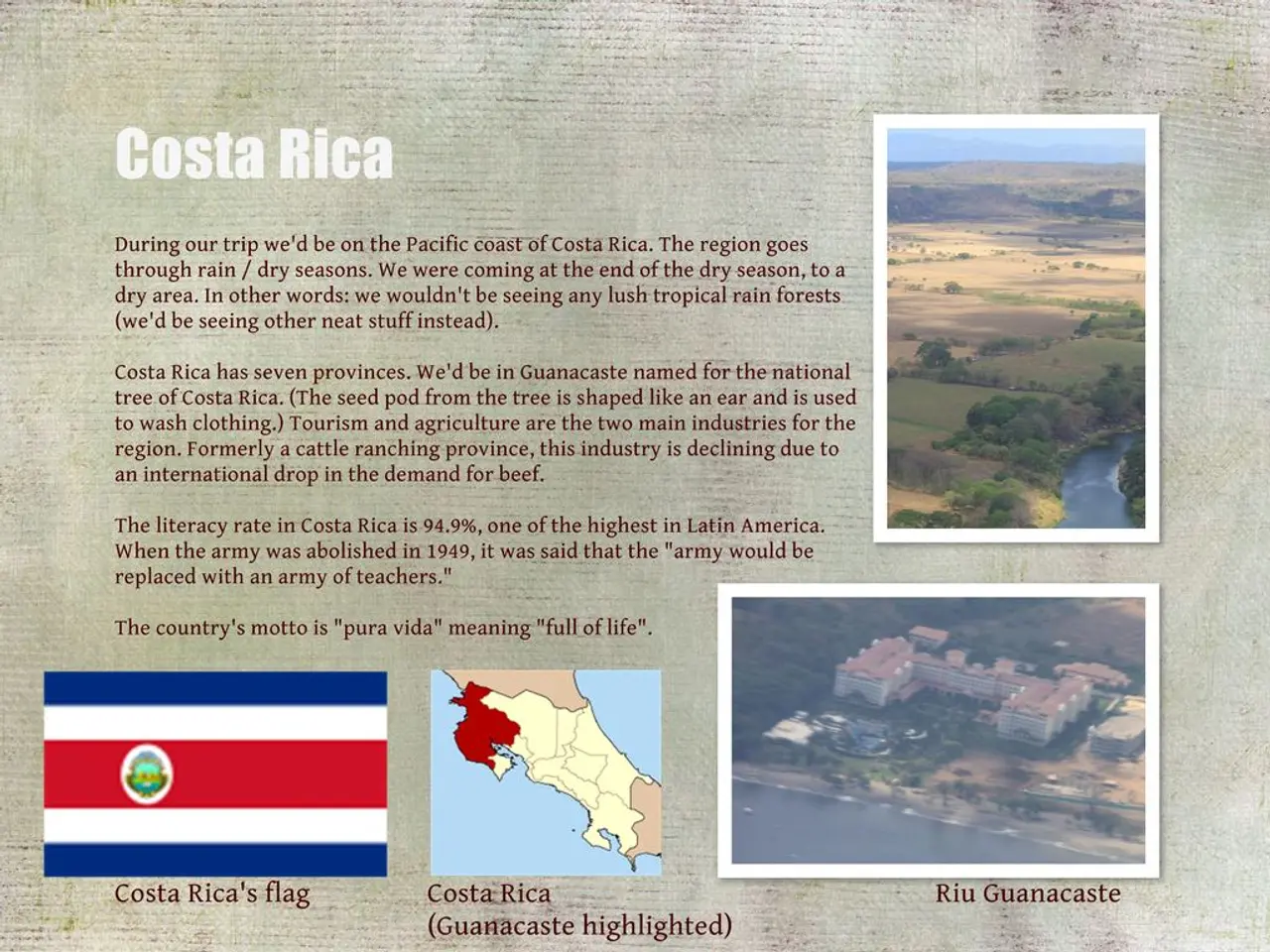Cultivating Liberties through the Boggiano Tree
In the heart of Turin, Italy, the Guido Costa Projects gallery is home to a captivating installation by Professor Cristiano Berti. The installation, titled Boggiano Family Tree, offers a glimpse into the complex narratives of an Afro-Cuban family that spans generations and continents.
Berti's five-year research project, culminating in the publication of his book Eredi Boggiano by Quodlibet in 2022, delves deep into the history of the Boggiano family. Antonio Boggiano, a merchant and landowner born in Savona in 1778 and died in Cuba in 1860, is the ancestor of this intriguing family.
Antonio Boggiano owned a coffee plantation, Nuestra Señora de la Misericordia, in the Polo Viejo area, on the mountains surrounding Trinidad. It was here that slaves, both African and creole, toiled under harsh conditions. However, history reveals that some of these slaves gained their freedom by paying a hefty sum of money. The first to do so was María de Jesús Boggiano in 1822, followed by others such as Felipe, Teresa, Esteban, and many more.
These stories are vividly depicted in the video titled Pero está por ahí, ¿no?, shot in Polo Viejo. The video documents the stories of some of the Boggianos that Berti spoke to, offering a poignant insight into their lives and experiences.
Berti's motivation for this extensive research lies in a desire to uncover and preserve the narratives of Afro-Cuban families affected by slavery. His work aims to shed light on the historical experiences of these enslaved ancestors, their struggle for freedom, and the lasting impact of these histories on present-day identity and social dynamics.
The Boggiano surname, once a mark of slavery, is now a symbol of freedom for the descendants who carry it. Berti's installation in Turin includes names, surnames, birth, and death dates of many Boggianos, with the most recent birth being in 2023. This immense family tree, reconstructed by Berti, is displayed on two walls at the Guido Costa Projects gallery.
In addition to the installation, Berti filmed the faces of some of the many Boggiano he spoke to and the environment they live in. These videos offer a personal touch to the installation, providing a visual representation of the lives and stories of the Boggiano family.
By focusing on the Boggiano family, Berti seeks to contribute to a broader understanding of Cuban history through personal and genealogical documentation. His work emphasizes themes of resilience, cultural heritage, and the intersection of slavery and emancipation in shaping Afro-Cuban communities.
Cristiano Berti, a visual artist at the Academy of Fine Arts in Macerata, invites us all to walk through the complex and compelling history of the Boggiano family, offering a unique perspective on the human spirit's enduring capacity to overcome adversity and preserve its identity.
- other Afro-Cuban families who have been impacted by slavery may find inspiration in the Boggiano family's journey towards freedom and identity preservation, showcasing a different lifestyle and home-and-garden narratives.
- By delving into the stories of the Boggiano family, Cristiano Berti not only uncovers a piece of Cuban history but also contributes to a broader understanding of the home-and-garden lives and lifestyle experiences of Afro-Cuban communities affected by slavery.




